Fab Lab Founder from Latin America Shares His Expertise with HSE Students
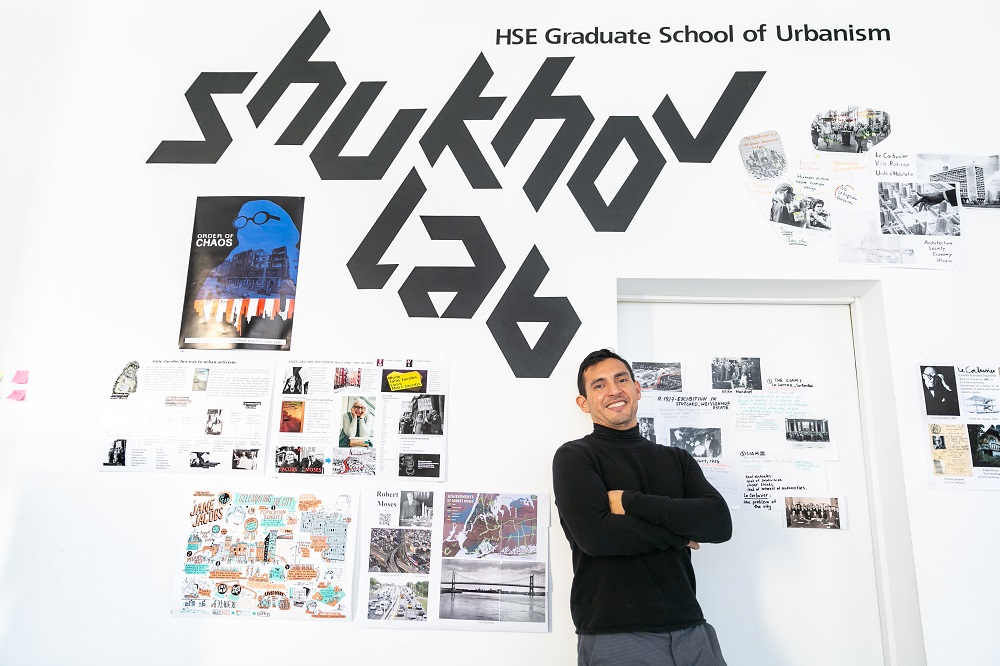
Benito Juarez, the founder of the first Fab Lab in South America and the Latin America Fab Lab Network, has come to HSE University for the 2018 autumn semester as an invited lecturer on Master’s Programme in Prototyping Future Cities. He is delivering a course in Impact Analysis and leading the City Project module, a hands-on part of the Master’s programme. Mr Juarez has talked to HSE News Service about fab lab projects, creative cities of the future, and the courses he is teaching at HSE.
Latin American Fab Labs
Fab Labs (short for ‘fabrication laboratories’) first started appearing in 2002 at MIT and since then many have been created around the world. In 2009, I was selected by the Institute for Advanced Architecture of Catalonia (IAAC / Fab Lab Barcelona) as founder of the first Fab Lab in South America, which then appeared in Lima in 2010 as a project of the Center for Bits and Atoms at the Massachusetts Institute of Technology (MIT-CBA). Our Fab Lab was sponsored by the Spanish Agency of International Cooperation for Development (AECID) and hosted by the National University of Engineering (UNI). At our lab we work to democratize the access to digital fabrication tools, as 3D printers, Laser cutters, milling machines, and so on.
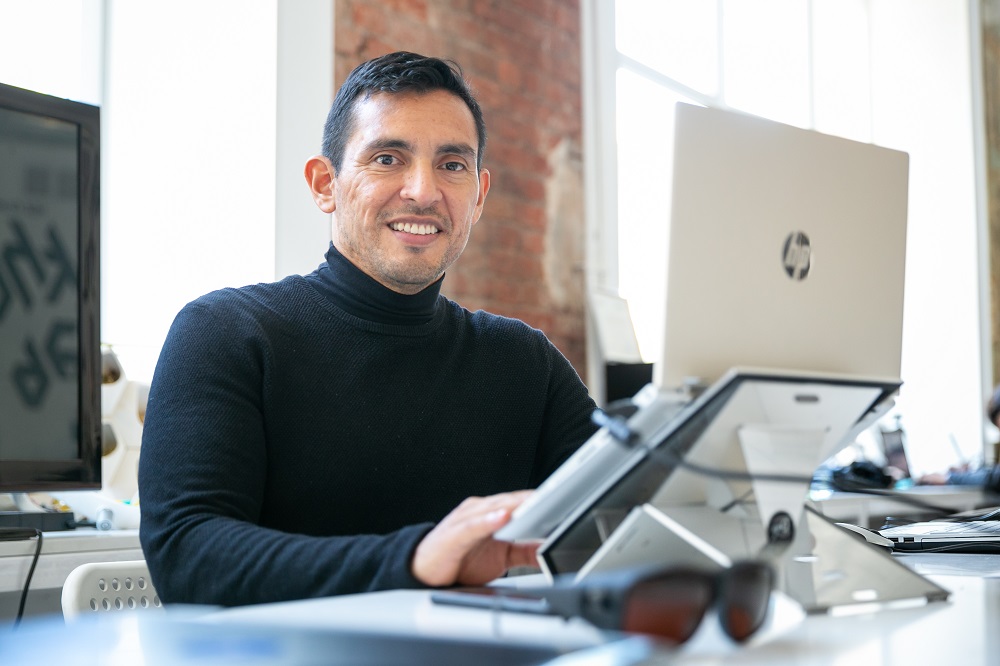
Today, as the director of the Latin America Fab Lab Network (FAB LAT), I work on new ways to develop new technologies based on the potential of multi-cultures and biodiversity of our region. After all, Latin America has a vast range of traditional processes including jewelry, textiles, carving, etc. Up to 80% of our economic active population is connected with to handicrafts or semi-industrial areas. In LaT Fab we work on projects for digital manufacturing, optimizing mechanical procedures with the aim of enabling artisan producers to invest more time in creative. Among our projects are Face-me, a technology for creating custom characters and toys from a face photo (yours, your friends, family, your pet, or even your enemies), or a low-cost Digital Loom that optimizes 60% of the production time compared to a traditional loom.
Now we would like to focus on a bigger scale projects in the broader areas of education, industrial development, and conservation. We wish to replace the culture dominated by competition based on the survival of the fittest with the culture of symbiogenesis as proposed by the Russian biologist Konstantin Mereschkowski and further developed by Lynn Margulis. In this culture ‘cooperation is a more powerful means of evolution than competition’. Thus, our Symbiocreation project aims to help participants integrate their ideas and abilities to generate proposals of high value and impact. What is important is that this is not a competition but rather a convergence of ideas and capabilities. Last year we integrated more than 10 000 ideas from 1000 people and generated 1 joint product. Next year our challenge is to collect 100 000 prototypes from 10 000 people and come up with 1 product.
Furthermore, as our 10-year experience in the world of digital manufacturing has shown, there is tremendous power of social transformation and natural conservation associated with digital manufacturing. Nowadays, not only new technologies are being democratized, but also our ability to impact the world. So, our motivation in Industry 4.0 (From Personal Fabrication to Global Innovation) project is to jointly make the new industrial-social revolution a reality. With the help of technological tools and collaborative networks, we can bring about extraordinary changes in a short time on a local and global scale.
For instance, we can help deal with the global challenge of ending hunger, achieving food security and improving nutrition as well as promoting sustainable agriculture. Through the personalized manufacturing of vitamin supplements, we can improve the quality of nutrition (especially for children between 0 to 7 years old). Tree D (Digital Tree) is a 3D Printer that can make any fruit, anywhere with customized nutrients. It will disrupt the current market of vitamin supplements. Its digital platform is connected to sensors that measure in real time the nutritional levels of children. What is more, children can design and customize their products: shape, flavors and nutrients. This information is then sent to the 3D Nutrient Printer for manufacturing in the form of gel or liquid.
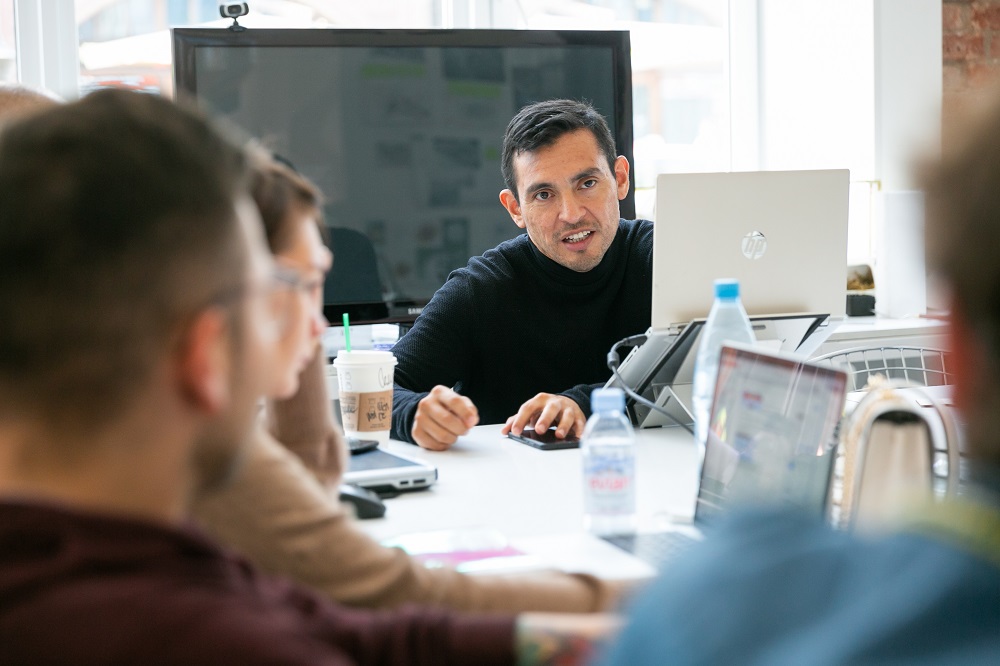
Finally, we are working on The Floating Fab Lab Amazon. It is a laboratory designed to provide alternatives to the main challenges of today's world: climate change and social inclusion by means of integrating the most advanced technologies in digital manufacturing with the potential that lies in cultural and natural diversity of the Amazon territory, which is one of the areas most affected by the global warming. With its natural wealth and water of the Amazon region, it is a privileged territory for the research and development of clean technologies. This ‘green heart’ area is the ideal place where the manufacturing of the future could be incubated. This can be achieved through exploring ways of moving towards a responsible and responsive industry; integrating local and global process; providing access to the benefits of digital manufacturing to native population, which will enable them to solve their problems. The Floating Fab Lab Amazon will specifically focus on biotechnology, biomaterials, digital handicraft and forest conservation.
Creative Cities: The Power of Transformation
Creative city is the one that constantly regenerates itself. It is a platform that provides its residents with opportunities to develop their abilities and make their dreams come true. What is more, such city is a place that creates multi-level spaces so that individual dreams can converge to realize the collective dream.
I think cities actually have a lot to learn from rural and native communities as the islands of the Uros. It is an artificial territory built on Titicaca´s Lake (Bolivia-Peru) where almost everything has been made out of totora, a plant that grows in the lake and that the inhabitants use to generate their floating islands, their homes, furniture, transport vehicles, utensils, etc. all with a single material, which is then biodegraded and passes back to the lake, creating a cycle of continuous regeneration in a small territory and without generating pollutants by construction. This can serve as a great example for self-sufficient cities.
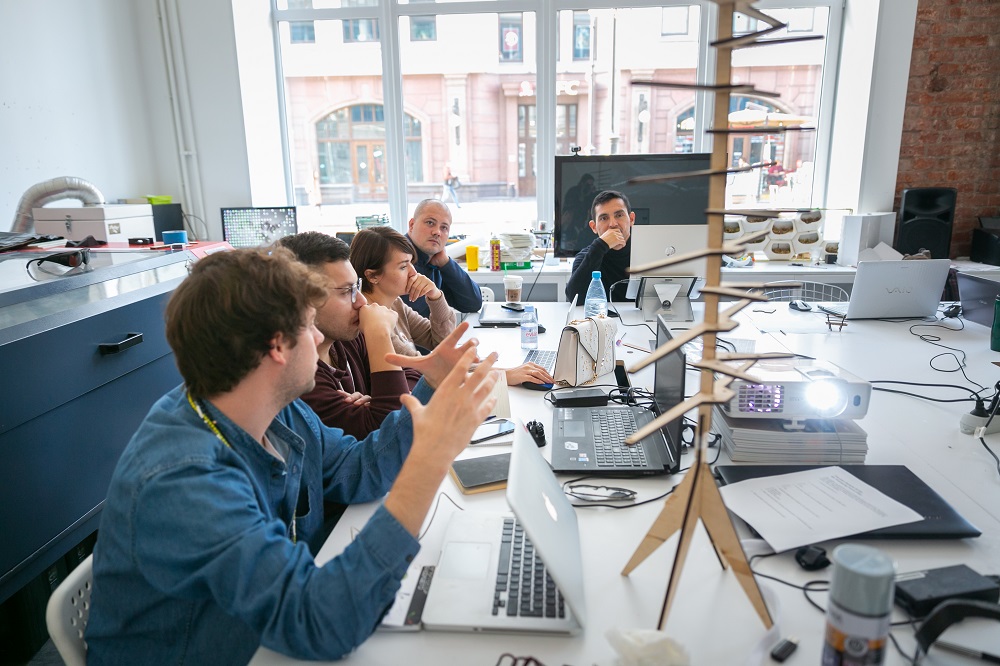
Another good example can be found in communities along the Amazon River because Amazonian natives have a cyclical relationship with their territory. They occupy an area, consume their resources for a certain period (1 or 2 years) and then move to another area, allowing nature to regenerate. This concept of a Cyclic and Nomad City was the basis for the proposal "The Floating City on the Amazon River" proposed by Arch. Michael Leymarie (Iquitos, 2007), a city in motion, which navigates the rivers, with diverse equipment such as schools, hospitals, homes, recreation centre, etc. that can be reconfigured according to the needs and that generates its own energy through turbines and the flow of rivers.
The main challenge for modern cities and modern architecture is to reverse the relationship that exists between the exponential growth of cities and the loss of biodiversity due to the massive extension of species. Cities could empower biodiversity learning how nature creates structures. Some of the biggest challenges of today’s digital manufacturing include re-programmable structure, new materials, and recycling. Digital Fabrication, nanotechnology and synthetic biology open new possibilities for us.
In the Floating Fab Lab Project we are designing a recycling facade made with micro algaes recollected from the rivers, grow them in the facade to produce biopolymers, and then use this biopolimer to 3d Print the facade itself, generating a closed loop production. On a deeper level, we are exploring how to hack microorganisms to control the growth of structures and the material production.
My first impression about Moscow is that it is a great laboratory, where many things are being created at the time to positive transform the world as we cannot imagine. Moscow is a global icon of creativity, science, technology and sports, huge qualities of future cities.
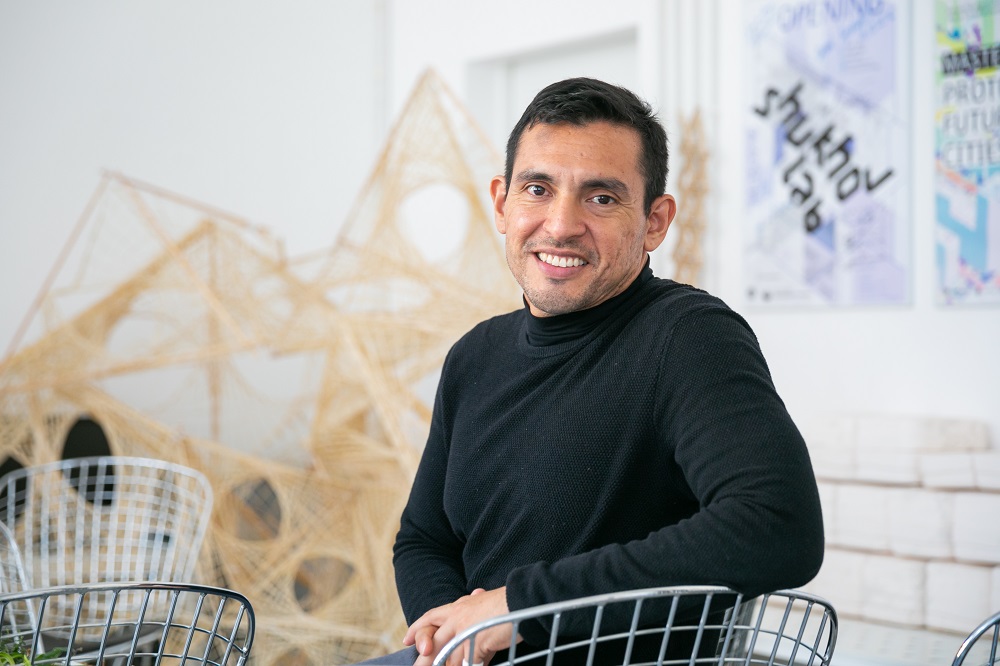
Creating Cities of the Future at HSE
Here, at HSE, the students are actually getting hands-on practical experience of working in a Fab Lab and designing various objects for cities of the future. This is all part of the City Project: Things course that I am involved in here together with my colleague Elena Mitrofanova. The course aims to teach students to design and produce objects and spaces utilising digital technologies. Each semester the scale of the projects increases, starting from domestic things, to entire buildings and later communities and cities. Thus, students can learn how to use technology to document, analyse and reinvent processes and objects. At the end of the module students produce their first full-scale prototype.
This semester, students are working on the scale of an interior object and investigate new relationships between space, its limits, the objects it contains, the networks that connect things with spaces and people who inhabit it. The project begins with the analysis of the selected space or process using various media and data. Then students make a design proposal and produce a prototype of an object that will be built in the laboratory and, subsequently, will be implemented into the real environment and tested by real users. I find that this learning by doing is the best way to teach future urban designers.
Students have already come up with a range of creative ideas – we have a team working on Universal Surface that could manage heat and cold, others are making Smart Boots that can provide you information about your health and self-generate power walking. There is also a project focusing on expand capabilities to expand the capabilities of blind people through a bracelet that can guide them in their urban journey.
Furthermore, in a constantly changing world, it is extremely important to understand the cause and effect process in order to manage cities and take more efficient and effective actions. Figuratively speaking, ‘Does the flap of a butterfly's wings in Brazil could set off a tornado in Moscow?’ In other words, today small actions are more and more relevant in a globally interconnected world. So, my Impact Analysis course will teach students to evaluate social, economic and environmental urban transformations, and juxtapose this evaluation with their initial forecasts. During the course, participants will be challenged to generate a real impact on a local and global scale, supported by exponential technologies.
The course will encourage students’ self-critical spirit and ability to redesign. As a result, the students will be able to not only design the indicators to measure the impact of urban transformation projects (for instance, identifying components, relationships and behavior patterns in a specific urban context, using data analysis and visualization), but also create effective strategies for project implementation in different fields such as inclusive education, responsible water consumption, recycling electronics waste, and so on.
On December 8, Benito Juarez together with Ivan Mitrofanov of Shukhov Lab will conduct a workshop on chocolate 3D printing
Elena Mitrofanova
